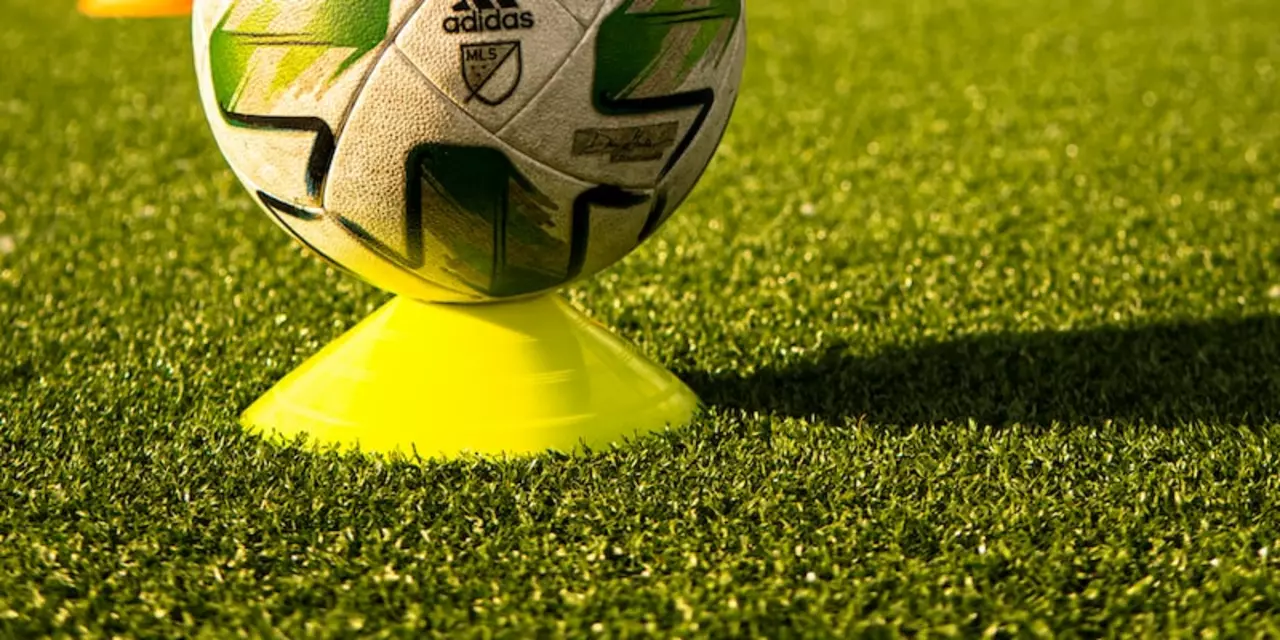Sports Equipment and Apparel – How to Pick Soccer Cleats and Spikes
When you lace up for a match, the right shoes can feel like an extra player on your side. Whether you’re sprinting down the wing or defending a corner, having the proper cleats makes a real difference. In this guide we’ll break down the basics, so you know exactly what to look for and when spikes matter.
Hard‑ground vs Soft‑ground Cleats
Hard‑ground (HG) cleats are built for firm, dry pitches. They usually have metal or hard plastic studs that dig into the surface, giving you solid grip and quick turns. Soft‑ground (SG) cleats, on the other hand, are designed for muddy or wet fields. They feature longer, often rubber‑tipped studs that spread the pressure and prevent you from sinking too deep.
The key is to match the cleat type to the field you’ll play on most often. Using HG shoes on a soggy pitch can feel slippery and increase the risk of ankle twists. SG shoes on a dry, compact field can feel unstable because the studs slide around rather than bite into the ground.
Do You Really Need Spikes?
Spikes aren’t a must‑have for every game, but they can give you an edge when the surface is tricky. On a hard, uneven field, the extra traction from spikes helps you stop faster and change direction without skidding. For softer grass, spikes aren’t as useful – the studs already provide enough grip, and too many metal spikes can actually dig in too deep and slow you down.
If you’re unsure, think about the conditions you face most. If your club’s home ground is a firm, artificial turf, a pair of HG cleats with modest spikes is a safe bet. If you frequently play on rain‑soaked fields, SG cleats with rubber‑tipped studs will keep you stable without the need for extra metal spikes.
Another factor is comfort. Spikes add pressure points on the sole, so if you feel hot spots after a short spell, you might be using the wrong cleat type. Try a short warm‑up on your chosen shoes; if they feel snug without pain, you’ve likely made the right choice.
Beyond the studs, pay attention to fit, ankle support, and material. Leather uppers mold to your foot over time and can feel more comfortable, while synthetic uppers are lighter and dry faster. A snug collar helps protect your ankle, especially when you’re making sharp cuts.
Finally, keep your cleats in good shape. Rinse off mud after each match, let them air dry, and check the studs for wear. Worn studs lose grip quickly, and a simple replacement can restore performance without buying a new pair.
Bottom line: pick cleats that match the ground you play on, test them before a big game, and maintain them regularly. The right shoes let you focus on the ball, not on slipping or sore feet.
